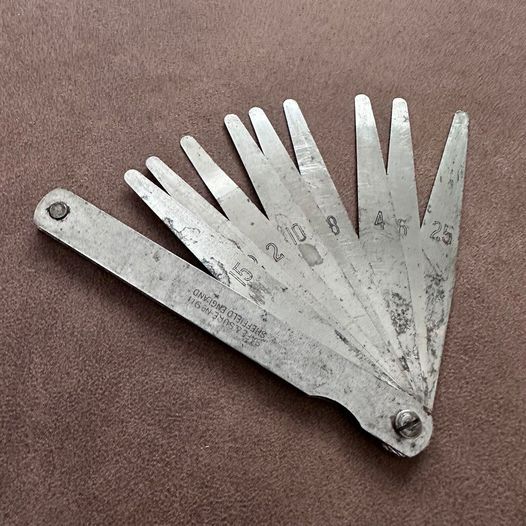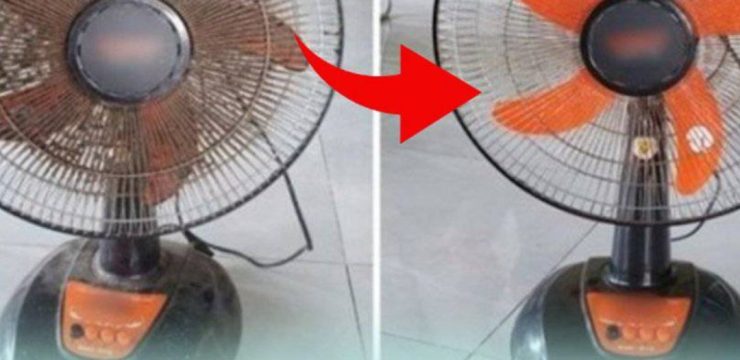The feeler gauge tool, a staple in mechanical and engineering fields, boasts a rich history dating back to the early 20th century. This article explores the history, usage, and lasting legacy of the vintage feeler gauge tool, underscoring its indispensable role in precision measurement.
The feeler gauge tool emerged during the industrial age when precision measurement became crucial. Developed to ensure accurate assessment of gaps and clearances between mechanical parts, its invention marked a significant advancement in machinery maintenance and assembly.
As industries expanded, the need for precise measurements became apparent. The feeler gauge tool met this need, allowing mechanics and engineers to maintain the high standards required for efficient and safe machine operation.
Feeler gauges consist of a set of thin metal blades, each with a different thickness, calibrated to measure small gaps. These tools are indispensable in various applications:
Mechanics use feeler gauges to set spark plug gaps, valve clearances, and measure gaps between engine components, ensuring optimal engine performance.
In manufacturing, feeler gauges help ensure that machine parts fit together correctly, maintaining product quality and operational efficiency. This precision is vital for the production of reliable and durable goods.
Engineers use feeler gauges in design and maintenance tasks, verifying the accuracy of assembled parts and machinery. This ensures the longevity and proper functioning of engineering projects.
The feeler gauge’s simple design makes it versatile and easy to use. By selecting a blade of the appropriate thickness and inserting it into a gap, users can quickly and accurately measure the clearance. This simplicity, combined with its reliability, has made the feeler gauge a go-to tool in many precision-based industries.
The legacy of the vintage feeler gauge tool is evident in modern precision measurement instruments. While digital and electronic gauges have become more prevalent, the fundamental principle of measuring gaps with thin blades remains unchanged. The feeler gauge’s influence can be seen in the design and function of contemporary tools, which strive to offer the same reliability and accuracy.
Today, vintage feeler gauges are prized by collectors and enthusiasts of antique tools. These items are valued for their craftsmanship, durability, and historical significance. Collectors often seek out well-preserved sets, appreciating the ingenuity and practicality of early 20th-century engineering tools.
Vintage feeler gauges also serve as educational tools, providing insight into the evolution of precision measurement. They are used in technical schools and training programs to teach students about the fundamentals of mechanical measurement and the importance of accuracy in engineering.
In the automotive sector, feeler gauges ensure that engines run smoothly and efficiently by maintaining proper clearances in crucial components.
Manufacturers rely on feeler gauges to produce parts that fit together seamlessly, reducing the risk of mechanical failures and enhancing product durability.
Engineers use feeler gauges to maintain the precision of machinery and structures, ensuring safety and reliability in their designs.
Vintage feeler gauges are not only functional but also serve as nostalgic pieces, representing the craftsmanship and ingenuity of a bygone era.
These tools continue to educate new generations of mechanics and engineers, highlighting the importance of precision and accuracy in their work.
The vintage feeler gauge tool has played a crucial role in the history of precision measurement. Its use in various industries, from automotive to manufacturing, has ensured the accurate assembly and maintenance of machinery. Today, it continues to influence modern tools and is valued by collectors and educators alike. The legacy of the feeler gauge reminds us of the importance of precision and the enduring impact of simple yet effective engineering solutions.
In a world that increasingly relies on digital technology, the vintage feeler gauge stands as a testament to the timeless value of precision and craftsmanship. Whether you’re a collector, a professional, or an enthusiast, the feeler gauge is a tool that bridges the past and the present, embodying the enduring quest for accuracy and excellence in engineering.






